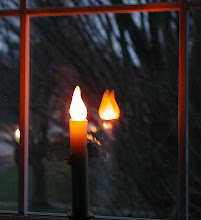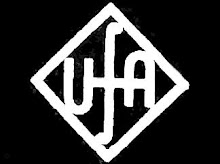Roger Cohen
New York Times today on the Opinion Page:
The Captive Arab Mind
by Roger Cohen
http://www.nytimes.com/2010/12/21/opinion/21iht-edcohen21.html?_r=1&src=me&ref=homepage?src=ISMR_AP_LI_LST_FB
... I know it appears that the United States was behind the invasion [of Iraq ]... But consider the facts: The invasion of Iraq has weakened the United States, Iran’s old enemy, and so it can only be — quod erat demonstrandum — that Tehran was the devious mastermind.This mocking “analysis” is often deployed deadpan by my colleague, Robert Worth, the New York Times correspondent in Beirut… he uses this “theory” to express his frustration with the epidemic of cui bono thinking in the region.… What we are dealing with here is the paltry harvest of captive minds. Such minds resort to conspiracy theory because it is the ultimate refuge of the powerless. If you cannot change your own life, it must be that some greater force controls the world.
Conspiracy Theory in this instance is analogous to Intelligent Design Theory: a conjuration of the super-brainy or the supernatural to render understandable the complexity we see about us.
A conspiracy theory is a mental construct; it is what I call a symbolic structure. According to the way we speak about the world and ambiguity and conspiracies, it is a normal thing to retreat into such fabrications. Indeed, our understanding of other religions, ancient or otherwise, is mostly a belief that the devotees could not possibly believe with the same intensity that we believe; when confronted with churning seas and blowing winds, they said "Here lay higher powers! We'll call them or it Poseidon or Neptune!"
Of course, we then say "Poseidon" is strictly symbolic in the weakest sense; i.e., he doesn't really exist; he's merely a "symbol"; he "stands for" churning seas and blowing winds and wives of sailors waiting on the shores. We forget that symbolic structures such as "anti-communism" were the political faith of a couple of generations of Americans; "symbolic" here in the strong sense, the symbols that may move mountains... or build nuclear arsenals that could have destroyed the world a number of times.
It is an acceptable practice to assign causality to Powers, and it is an acceptable practice for us to critique other peoples' assignments of such causalities. We are doing it all the time: creating symbolic structures, talking about them, and ordering our lives around them.
--


















No comments:
Post a Comment